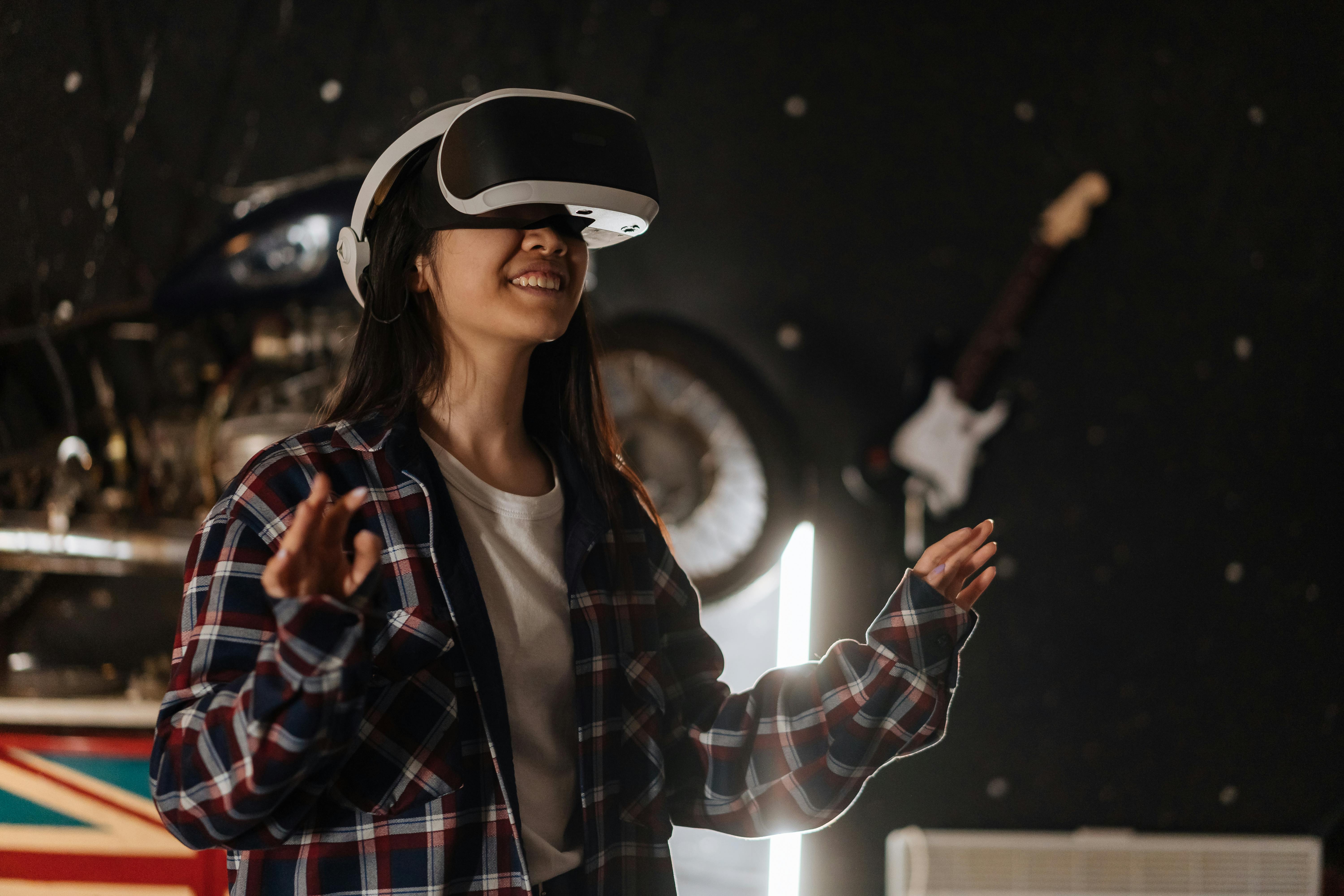Types of 3D Technology
Currently, there are a few different ways of presenting 3D video; each way is unique, and each has its advantages and disadvantages. To fully understand the difference between the different types of 3D technology, we must first understand exactly how 3D video works.
We’ll start by looking at the oldest type, the Anaglyph 3D video, which most of us will be familiar with. Anaglyph is a type of 3D where you wear the glasses with red and cyan lenses; each lens separates a different channel of light from a single image on the TV or a magazine, etc. Once the single image has been separated into two, we can fully experience the 3D effect. The only disadvantage of this method of 3D is that it interferes with the colour of the original pictures and the colour of the final output, which doesn’t make for ideal viewing, but is nevertheless a 3D video.
3D video works by forcing our eyes to view two similar yet slightly different images, which our brain then merges into a single image to produce 3D. In real life, this is how our eye determines 3D, commonly known as depth perception. So, how do we simulate 3D in video?
The future of 3D video has arrived, and it trumps the old Anaglyph method on all levels. We are currently in an era where we can experience 3D video without glasses at all, which is pretty spectacular.
3D video without any glasses
3D video without any glasses whatsoever is called Autostereoscopy, and it relies on the same principle as all other 3D videos, sending different images to each eye. Autostereoscopy works by superimposing two images onto the same display in narrow strips. The screen, which displays the images, is special because it bends the strips of light and then the light is reflected at acute angles so that essentially each eye gets a different image.
The downside to this type of 3D is that you have to be viewing the screen from a very specific range and angle in order for the 3D effect to work; otherwise, it’ll just look like a big blur. It i, however, er spectacular to be able to view 3D in this way without glasses. Autostereoscopy is advancing, though, with more modern systems using eye-tracking technology to constantly beam two separate images to the correct eye perfectly each time. Autostereoscopy is most famous thanks to its debut in the Nintendo 3DS.










